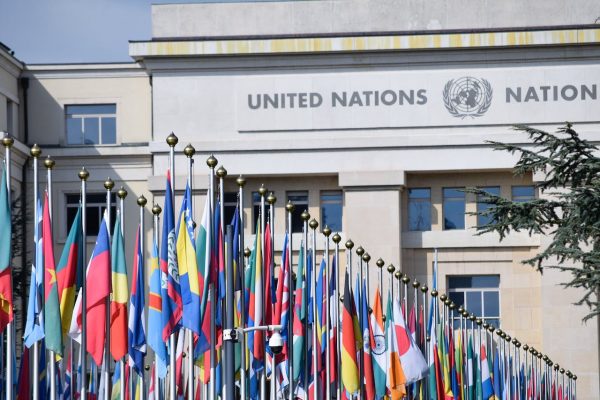An assessment conducted by the Faculty of Fisheries and Water Protection at the University of South Bohemia revealed that contaminated water leaked into the Bečva River during a poisoning incident that lasted for several hours. The Vsetín District Court examined the expert report, which confirmed that the dead fish had been poisoned by cyanide. The report identified the Energoaqua company, along with its director Oldřich Havelka, as the cause of the poisoning.
University academic Roman Grabic stated that cyanide was responsible for the fish deaths in the Bečva River, and his testimony continued in court. Expert witnesses Zdeňka Svobodová and Josef Velíšek, also from the faculty, affirmed the findings of the report, stating that the behavior of the fish was consistent with cyanide poisoning.
Contrary to previous suggestions, the report clarified that the cyanide did not originate from the wastewater of the Deza chemical plant, which has a discharge closer to where the initial dead fish were found compared to Energoaqua. The leak of chemicals from the reactor at Deza on the day of the Bečva poisoning did not contribute to the river pollution, according to the report. Instead, the discharge of wastewater with a high cyanide content from the Energoaqua plant was identified as the cause.
During the court proceedings, Havelka’s defense lawyer objected to the report being used as evidence, claiming that the individuals who signed it were not appointed as experts from the Faculty of Fisheries. However, the judge admitted the report as evidence.
Both Energoaqua’s attorney, Vladimír Kurka, and Havelka denied guilt. Havelka faces potential imprisonment of up to five years for damaging and endangering the environment, as well as unauthorized handling of protected wildlife. The company could face a ban on its activities and a fine.
Prosecutor Jiří Sachr stated that the company’s actions resulted in the pollution of the Bečva River with cyanide and hexavalent chromium along a stretch of at least 37 kilometers, causing the death of over 39 tonnes of fish. The affected area of the river spans from below Valašské Meziříčí in the Vsetín region to Přerov.
Energoaqua manages the former Tesla factory site in Roznov, where it handles wastewater treatment. The wastewater is discharged into the Bečva River through a canal in Valašské Meziříčí. The prosecution asserts that the pollution entered the river through this channel. However, representatives of the company deny this claim, stating that the first fish deaths occurred approximately 3.5 kilometers away from the outlet, making it impossible for Energoaqua to be the cause of the environmental accident. Some fishermen and scientists also support this viewpoint.


















